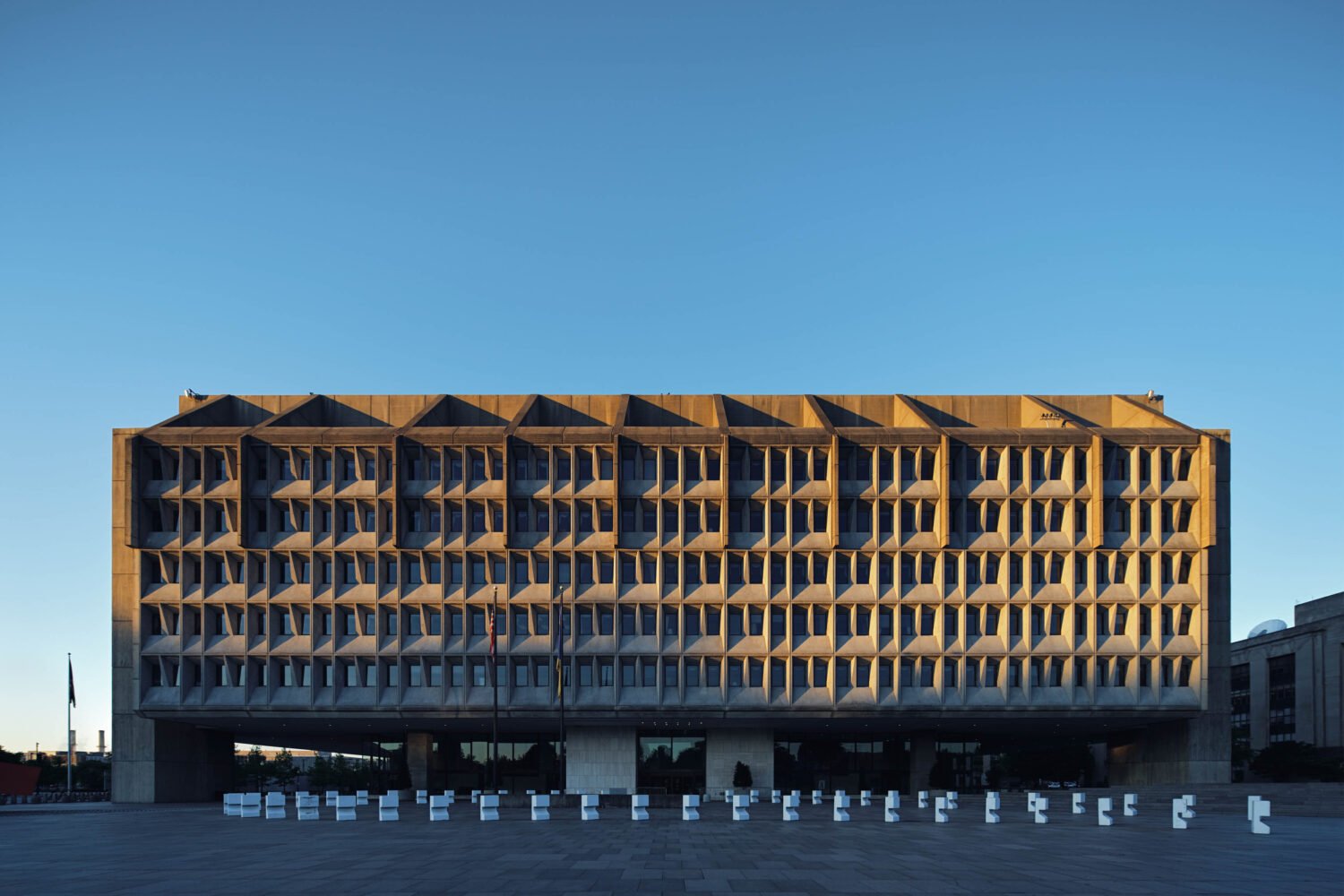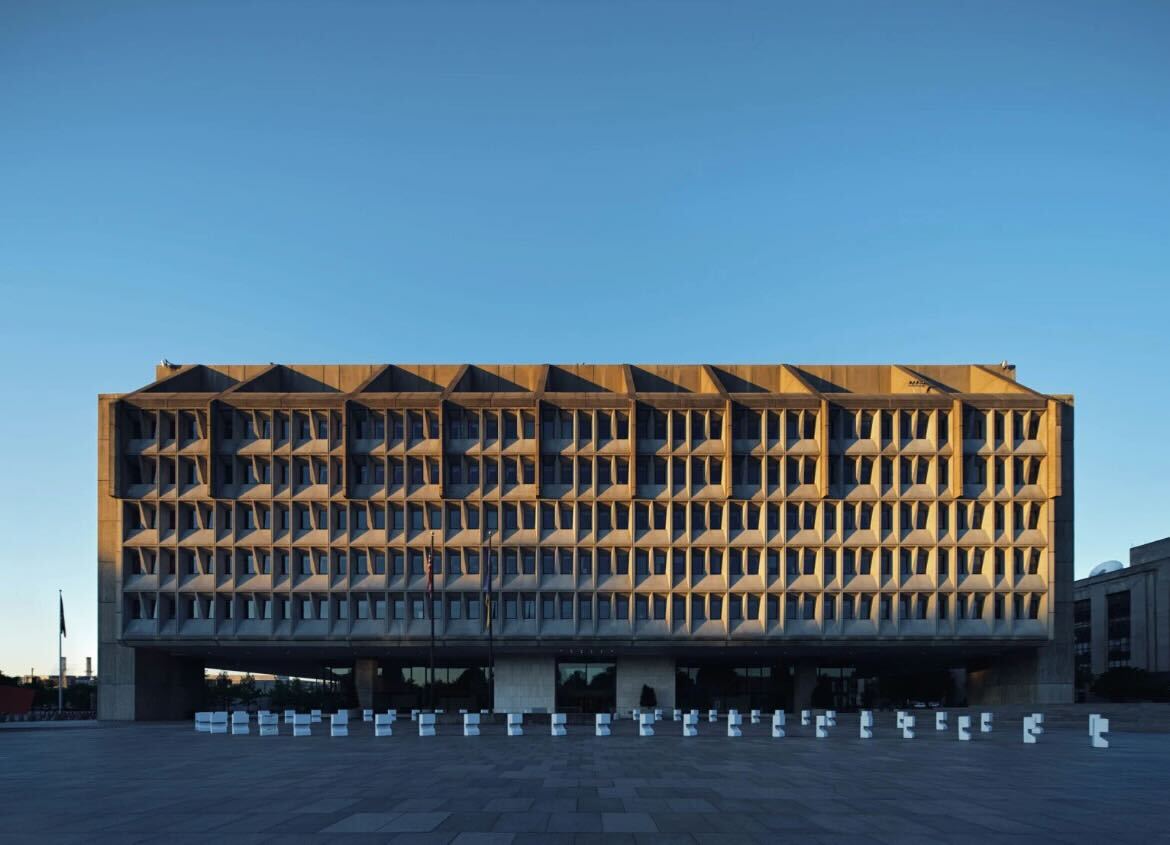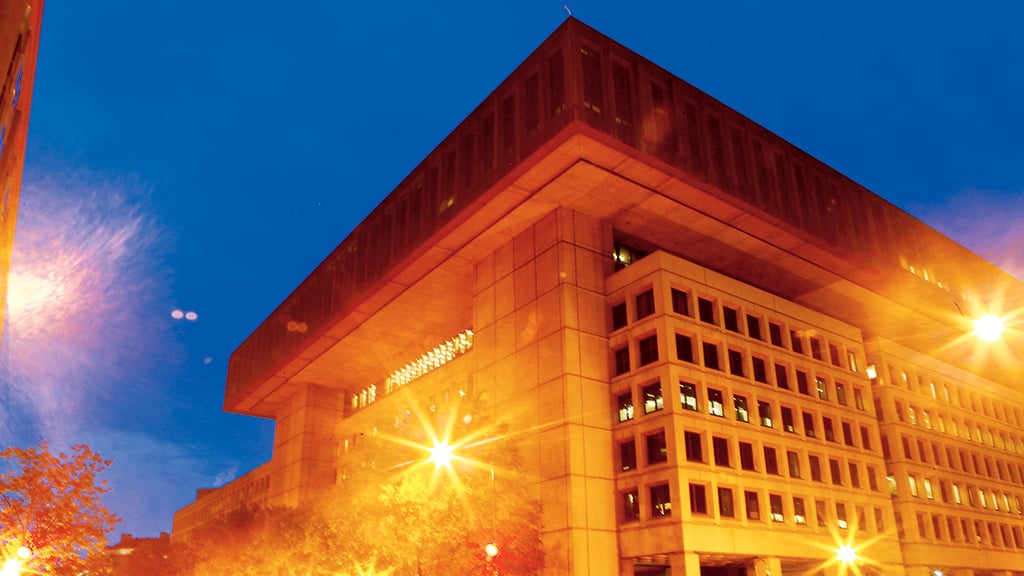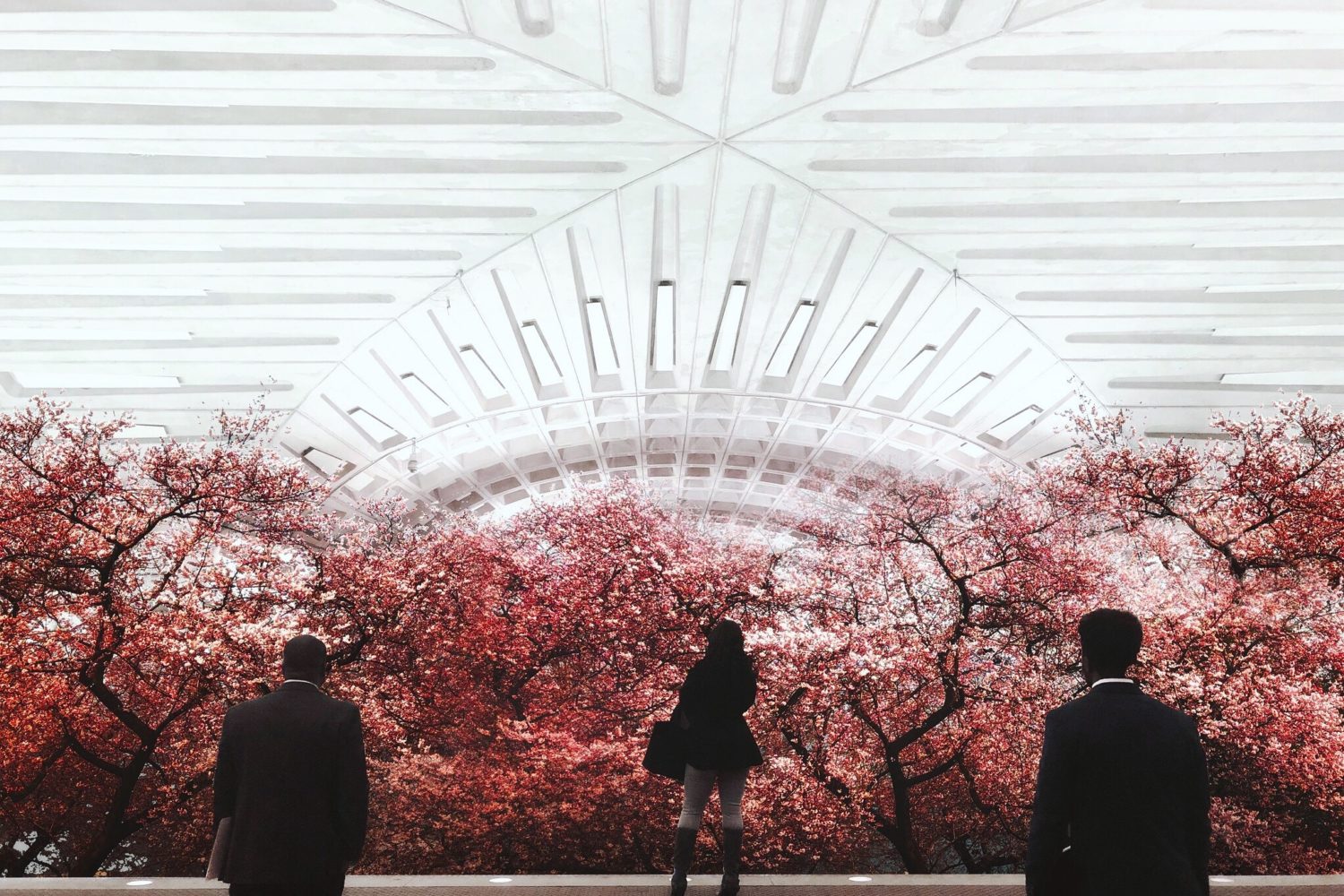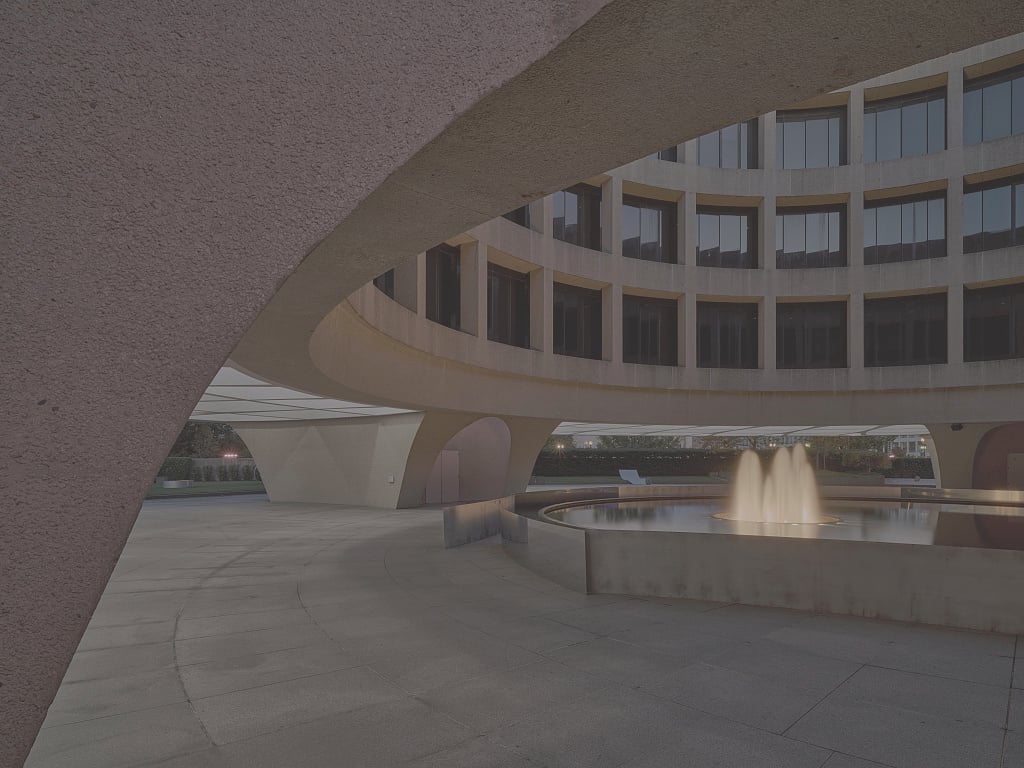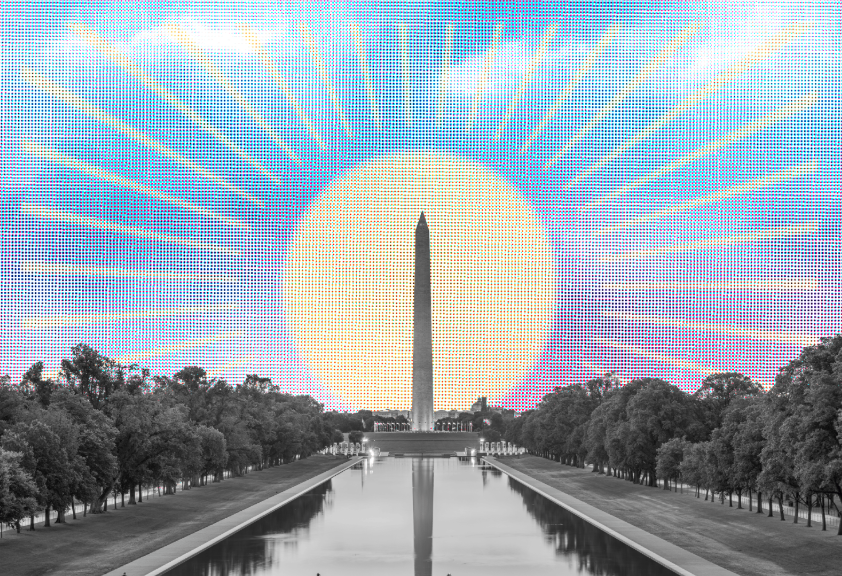The second ugliest building in the world is in DC. At least, that’s according to Buildworld, a construction material supplier, which ranked the world’s worst architectural eyesores earlier this month.
Though deemed not quite as bad as the Scottish Parliament Building in Edinburgh, the FBI’s J. Edgar Hoover Building, home to the agency’s headquarters, ranked second on the worldwide list and first on the list of America’s ugliest buildings. (The Watergate, perhaps unsurprisingly, came in at fourth place.)
To be fair, as with most of these company-sponsored surveys, the methods aren’t exactly bulletproof. BuildWorld arrived at its conclusion by rounding up the percentage of critical tweets each building received on Twitter, which, as we all know, is famous for its accurate portrayals of reality.
Nonetheless, the survey did hit upon what’s long been a bone of contention in DC. The J. Edgar Hoover Building has been the scorn of Washingtonians—myself among them—for years. Like other brutalist buildings in the District, the concrete behemoth is cold, unwelcoming, almost dystopian. One reviewer on TripAdvisor aptly described it as a “scary building with strange energy.”
Still, for all the hate brutalism gets, there are some who rush to defend it. When WMATA decided to paint the vaulted ceilings of Union Station (another example of brutalist style) in 2017, its defenders called it “a crime against brutalism.” It begs the question: Just what are they seeing that many of us aren’t? And could their insight shift our perception of these so-called ugly buildings?
I reached out to Deane Madsen, the founder of Brutalist DC, for some advice. While he acknowledges that the FBI building, in particular, has its faults—he calls its crumbling exterior an example of “demolition by neglect”—he argues there is still some worth to be found in the building’s design. To demolish it entirely, he says, would not only be a massive waste of resources but would erase a chapter of history, a piece of the city’s architectural fabric.
The brutalist style in particular, he says, is emblematic of the mid-twentieth century when concrete was cheap. In fact, the term “brutalism” is a bit of a misnomer. Often mistakenly associated with the harsh word “brutal,” the term actually derives from a French phrase, béton-brut, meaning “raw concrete.” To many architects of the time, such hulking blocks of concrete presented a sense of heroism and stature.
But even if heroism and stature aren’t your cup of tea, there are other ways to enjoy the style. Madsen suggests looking at the buildings with more of an artistic eye, considering their lines and angles. “As a hobbyist photographer, I found that the texture of the concrete, the repetition of the windows on the facades really captivating,” he says. “That was one of the things that initially drew me into brutalism.”
He also suggests getting up close and actually touching them. “To me that instills a sense of the workers who fabricated the building and the efforts that were put into constructing it in a way that kind of endears me to the building.”
“The different architectural styles around the city all have a place here,” said Madsen. “DC isn’t just Greek revival monuments or courthouse style buildings. It’s not just these sort of white marble edifices. It’s also brick row houses. It’s also single family homes and big apartment buildings. It’s the cobblestone streets of Georgetown. There’s such a mix of styles around DC.”







